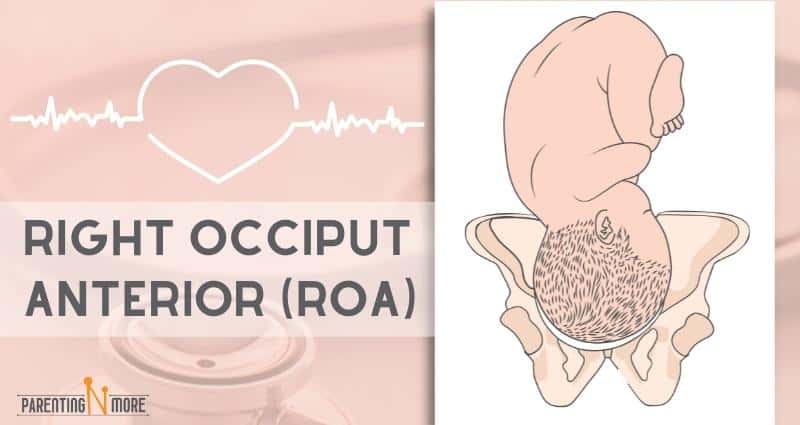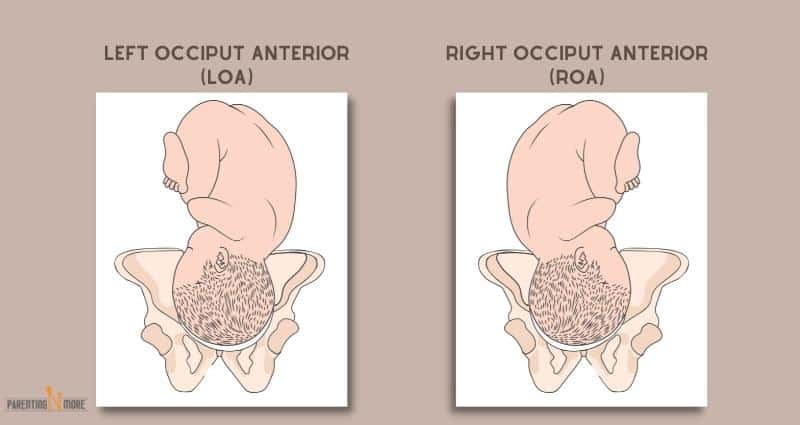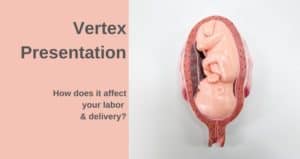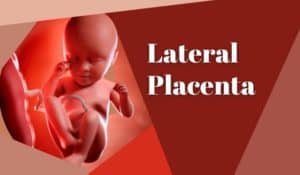Medically Reviewed by: Dr. Veena Shinde (M.D, D.G.O, PG – Assisted Reproductive Technology (ART) from Warick, UK) Mumbai, India
-
Author: Khushboo Kirale
- >> Post Created: January 30, 2022
- >> Last Updated: May 5, 2024

Table of Contents - Right Occiput Anterior Position
Medical terms for a baby’s position when entering the mother’s pelvic region just before labor can be daunting. However, it isn’t as intimidating as it may seem; some basic knowledge on the subject can help you in understanding your pregnancy and labor better.
When we talk about baby positions, anterior and posterior are the basic. In both these positions, the baby’s head could be down, towards the cervix or feet could be down (breech baby).
In medical terms, the back of a baby’s head is called the ‘occiput.’ In this article we have tried to put forth all you need to know about Right Occiput Anterior position (ROA position), risks associated and some of the most common FAQs mothers who have been told that they have and ROA position in labor have.
What is Right Occiput Anterior position?
Going by the explanation given above, in the ROA fetal position, the baby enters the mother’s pelvic region from the right (R), in the anterior (A) position (facing the mother’s spine).
It might be easier to understand the exact ROA fetal position using the picture of a woman’s pelvic area.
What is Right Occiput Anterior Presentation?
‘Presentation’ in terms of pregnancy is used to describe the baby’s first body part that enters the mother’s pelvic region just before labor.
So there is a difference between ‘presentation’ and ‘position’; presentation primarily gives an understanding if the baby is head-down or breech, while position is in connection with the mother’s body (left, right, anterior, posterior).
Now in Right occiput anterior/ ROA position, presentation will be the top of the baby’s head (also called vertex), with the baby’s occiput or back towards the mother’s belly.
Movements and kicks in Right Occiput Anterior position (ROA fetal Position)
In Right Occiput Anterior, as the baby’s back and shoulders are on the mother’s right side, the limbs are obviously on the left side, and therefore, any movements are felt by the mother on the left side of the belly.
Baby’s kicks would obviously be felt on the upper left side of the belly in the ROA position.
What are the variables with ROA fetal position that affect labor?
There are certain factors that can affect labor in the ROA fetal position.
- Baby’s chin being towards or away from its chest
- First-time childbirth
- Balance and tone of the soft tissues involved in childbirth (uterus, ligaments, fascia)
- Pelvic shape and size
- Pelvic alignment
- Placenta position
If in ROA position, for any reason, if the head is not getting positioned right, like instead having chin first, then you need to first understand that by easy methods you can slowly try and move your baby in proper head down position through:
- Regular walks – here natural laws of gravity along with movements help in naturally positioning your baby in the right position – head first just before birth
- You could take help of a pregnancy belt as well – in confidence with your doctor or midwife
- A few jiggly movements of hips, buttocks and thighs also helps in loosening the muscles giving space for your baby to move and change the position.
Left Occiput Anterior (LOA position) Vs. Right occiput anterior (ROA position)

The baby’s position while entering the mother’s pelvic region decides how the labor and delivery of the baby will happen.
An Occiput anterior position (Left occiput Anterior/ LOA position or ROA position), wherein the baby’s face is towards the mother’s spine and back is toward the mother’s belly is the ideal position for birth.
On the other hand, posterior position (LOP position or ROP position), where the baby’s back is with the mother’s back, could cause a comparatively more painful labor and likelihood of a C-section for the baby’s birth goes up.
Read this next
FAQs
Is Right Occiput Anterior fetal position normal?
The Right Occiput Anterior (ROA) position is one of the common baby positions before labor.
Yes, it is one of the normal positions from the various other baby positions, like various breech positions, oblique positions and so on.
Is ROA position bad as compared to the LOA position?
No, ROA is as good as LOA position for the baby before labor.
It is believed that LOA position is better because in most women the left side of the pelvis is slightly larger, giving more space to the baby to grow. However, ROA is also normal and a good baby position.
How to know if the baby is in the anterior position?
If your baby is in the anterior (A) position, it means its back is toward your belly, giving it a characteristic round shape seen in pregnancies.
On the other hand, if the baby is in the posterior (P) position, with its back toward the mother’s back and limbs toward the belly, it will give the belly a bumpier look and a hollow space might be visible around the navel.
How to ensure the baby in the right position during birth?
Having the baby in the best possible position before labor begins or even during labor will not only affect the baby’s delivery, but also ease the labor and birth experience for the mother. With the baby being in the best possible position, it can sometimes cut down the chances of a C-section and make the whole process comparatively less painful.
Your doctor will guide you through the process to get your baby in the best possible position for birth.
Medical professionals say how they have witnessed that when the baby is in the optimal position, both the mother’s and baby’s bodies work together towards delivery in the best way.
Key takeaway
The most important takeaway from this article is that the Right Occiput Anterior / ROA baby position is normal, safe, and one of the optimal baby positions before labor.
Of course, as always, we recommend you to talk to your doctor in case of any doubts or concerns. They will also guide you on how to get your baby to the best possible position for labor and delivery.
Happy Pregnancy!









